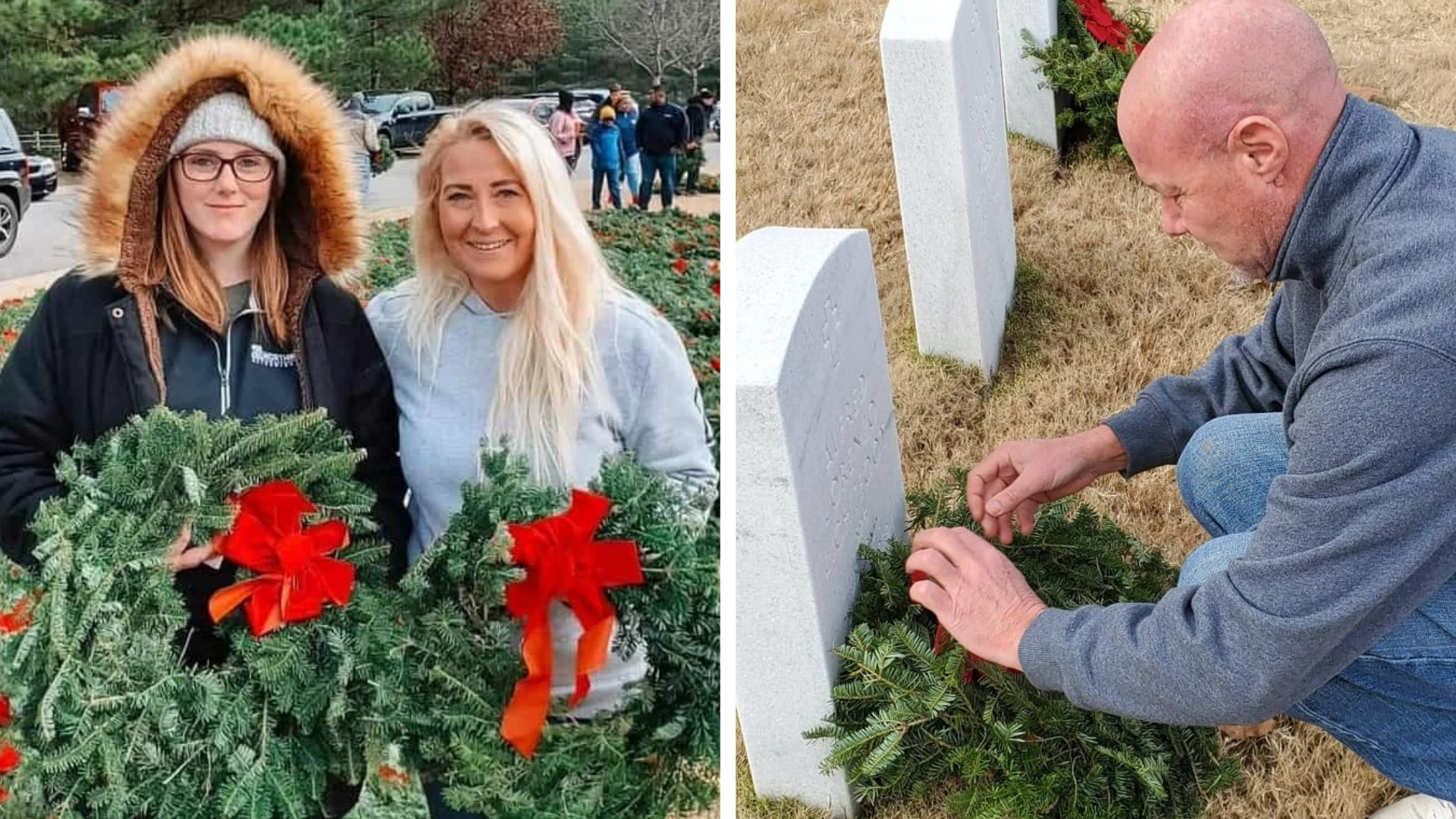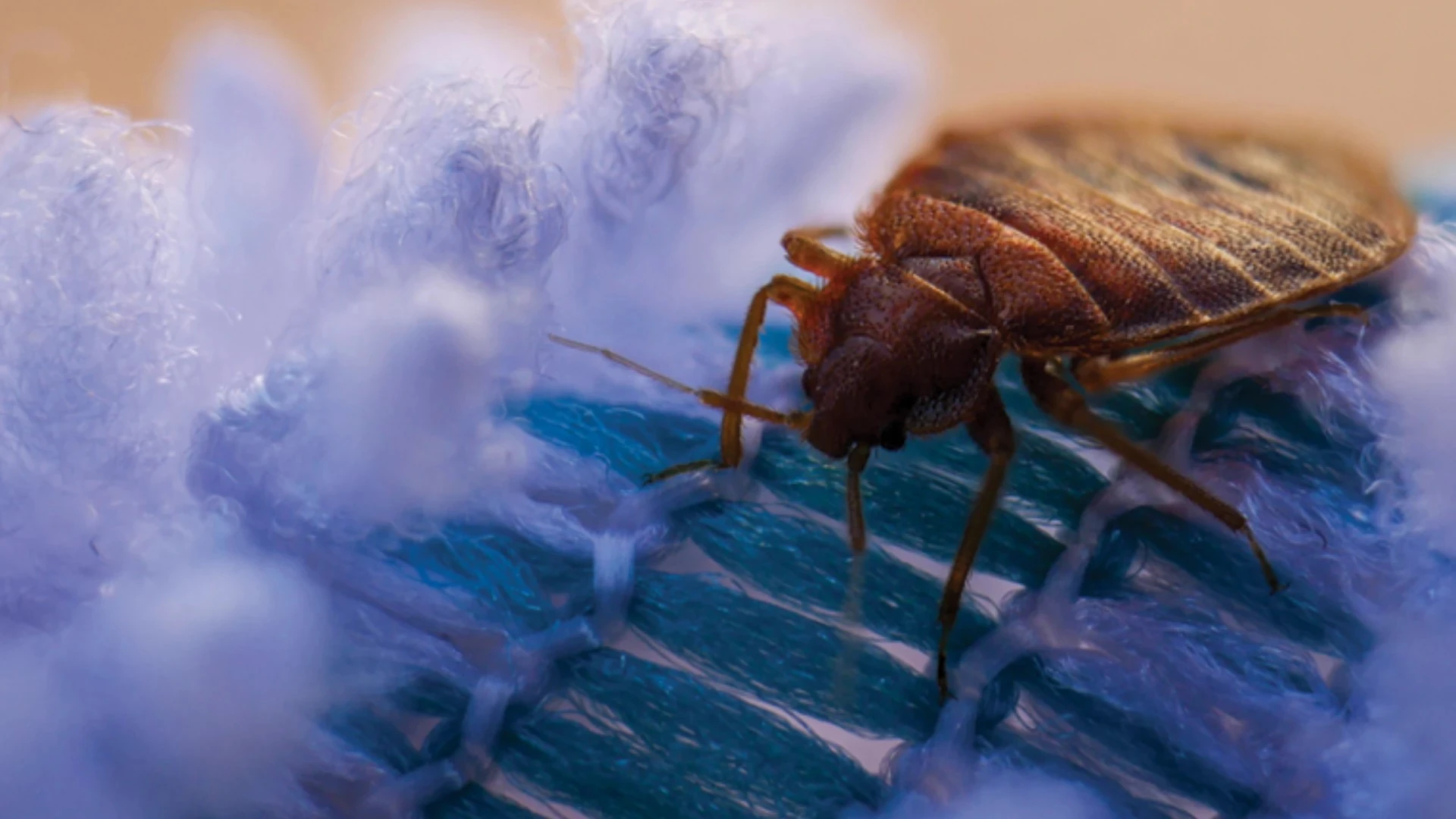WEST LAFAYETTE, Ind. — For 74 years, the Purdue Pest Management Conference has been a leading educational and networking event for researchers, pest management professionals, manufacturers and other industry professionals.
This year’s show was no different as about 650 people from 36 states and several foreign countries made the January trek to West Lafayette, Ind., to attend training seminars and receive the latest research/regulatory news, product development updates and marketing and management tips.
One of the goals of the 2010 Purdue Planning Committee was to educate others by having them learn from one of the industry’s highest profile members — Mike Masterson — whose company, Isotech Pest Management, is the star of the reality TV show "Verminators."
Using video clips from the show and relating other experiences, Masterson provided attendees with plenty of "food for thought." For example, Masterson shared some of his experiences with green pest management. He addressed the topic from more of a marketing angle. Masterson said the effort needed to gain new customers should be similar to those it takes to "woo" a mate. In other words, convince potential customers why your company will deliver an effective green pest management program with the same conviction you used to persuade your mate why you would make a good spouse, Masterson said.
Masterson also reminded attendees of the reasons consumers don’t buy:
- They are not aware of your product or service.
- They don’t understand the benefits of your product.
- They don’t feel your product or service has value.
- They don’t see how your product or service meets their needs.
- Your product or service is not accessible to them.
Masterson also shared some of what goes on behind the scenes while filming "Verminators." For example: 70 percent of what was filmed ended up in the trash; 25 percent of the filming crew was replaced by the end of the season; the average filming day was 14 hours. Why so long? Well, something viewers don’t see is the different camera angles at which the show is filmed. For example, a rodent caught in a snap trap will appear on camera at one angle, but it might need to be filmed from three or more different angles.
Masterson said he’s been proud of the show, especially during this past season (season two) in which he feels the show has been able to better educate the public about the link between pests and public health threats.
Other highlights. Here’s a sampling of other highlights from the conference.
• Dan Suiter, University of Georgia, Griffin, Ga. campus, spoke on the subject "Insecticide Basics for the Pest Management Professional." Suiter reminded attendees that IPM is "a decision-making process where decisions are only as good as the information on which they are based." Much of Suiter’s presentation explained the mode of action of pesticides commonly used in the pest control industry. In reviewing safety and usage of products, Suiter recommended that service professionals have handy contact information for the National Pesticide Information Center — phone: 800/858-7378, e-mail: npic@ace.orst.edu and Web site: http://npic.orst.edu.
• Mark "Shep" Sheperdigian, technical director, Rose Pest Solutions, Troy, Mich., gave a presentation titled "Exclusion: What Works and How to Implement Profitable IPM Programs." Shep noted that the following conducive conditions are either done by others are in partnership with service professionals from Rose Pest Solutions: Landscaping; lighting issues; cleaning and sanitation; tile and grouting; plumbing and carpentry.
• Three days of exhibit floor hours during which attendees visited with exhibitors to learn about the latest innovative product offerings in the pest control industry.
The author is managing editor of PCT.
*****
John Osumn Recognized
with Pinnacle Award
Purdue and the National Pest Management Association presented Dr. John Osmun with the Pinnacle Award, which is NPMA’s annual award that celebrates an individual’s lifetime of dedication and commitment to the pest management industry.
Osmun has long been an outspoken advocate for PCO education and enhanced industry standards. Osmun’s impressive career spans more than 60 years, serving as chief entomologist for the U.S. Army and as a research entomologist with Merck & Co., before joining the staff of Purdue University in 1948 as assistant professor of entomology, where he developed the first four-year curriculum devoted to urban and industrial entomology. In the mid-1970s, Osmun left Purdue to become the first director of EPA’s Operations Division, where he brought a much-needed industry perspective to the Agency.
Osmun later rejoined Purdue University, eventually retiring as a Department of Entomology faculty member in 1987, although he remains active in university affairs to this day.
In accepting the award Osmun said, "Nobody walks the path of life without helping hands. In pest control the two people were William O. Buettner – the dynamic founder of the National Pest Management Association; and J.J. Davis (the second department head of entomology at Purdue). I was most fortunate to know both of them well and was honored when they brought me to Purdue University. This is a great industry. You are a wonderful group of people and it’s been my privilege to work with you. This Pinnacle Award is really very special. It is a culmination of all that has gone on in my life in connection with the pest control industry."

Explore the March 2010 Issue
Check out more from this issue and find your next story to read.
Latest from Pest Control Technology
- Rentokil Terminix Expanded in Key Markets with 2024 Acquisitions
- In Memoriam: Joe Cavender
- Certus Acquires Green Wave Pest Solutions
- Liphatech Adds Alex Blahnik to Technical Team
- Do the Right Sting: Stinging Insect Identification, Management, and Safety
- VAGA's 8th Annual Veterans Thanksgiving Appreciation Dinner
- Clark's Blair Smith on the Response to Increased Dengue Fever Cases in Southern California
- WSDA, USDA Announce Eradication of Northern Giant Hornet from U.S.





